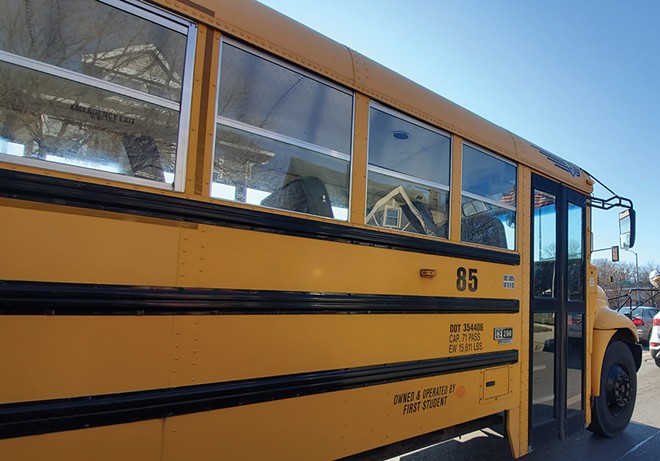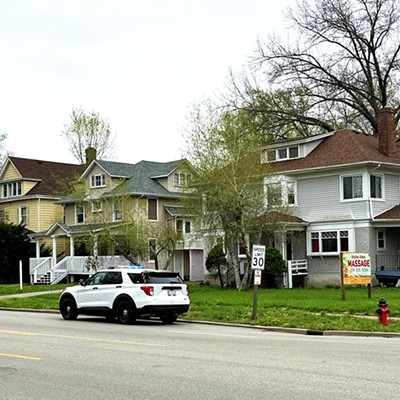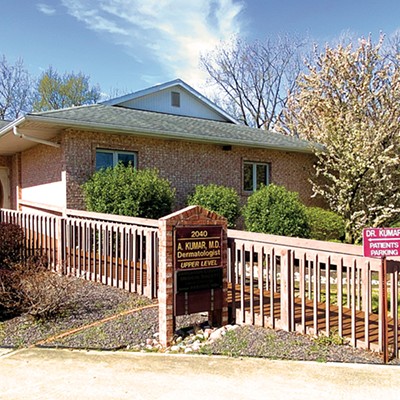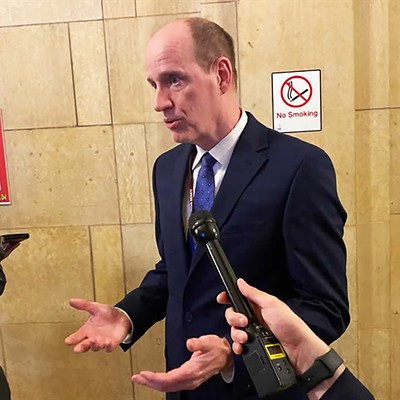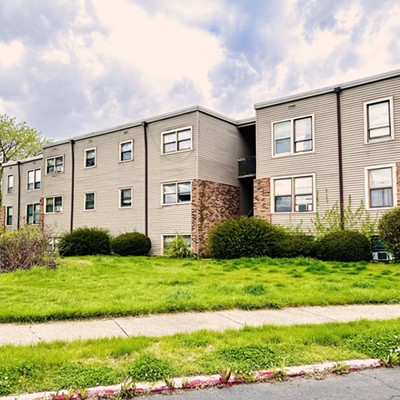For some, the pandemic has meant months of monotony. For others, those months have come with an onslaught of seemingly impossible decisions to make. Jennifer Gill, superintendent of District 186, falls into the latter category. On March 24, she announced the latest controversial move. Starting Tuesday, April 6, public school students in Springfield under the hybrid learning model – those attending some in-person classes – will start four-day weekly schedules in classrooms.
Previously, hybrid students were broken into two different groups that attended either Tuesdays and Thursdays or Wednesdays and Fridays. The new Tuesday-Friday schedule will be maintained until the end of the school year. It will mean students who were once separated into two different groups for each class will be joined together. Both remote and hybrid students spend Mondays learning asynchronously – independently but with lesson plans to follow – which will continue.
Gill told Illinois Times there were two major motivating factors behind her decision to have kids come into school buildings more often. "We're looking at what we can do to support students, to the greatest of our ability, as we end the school year," she said. The second factor was March 9 guidance from the Illinois Department of Public Health and the Illinois State Board of Education, which included that students could social-distance at three feet apart, instead of the previous six-foot minimum. "This gave us the ability to think about what we could do in this short amount of time that we have left," said Gill. In an email to parents, Gill wrote that while chosen models of learning, either remote or hybrid, will remain the same, "Exceptions will be considered based on individual and school circumstances." The last day of school is June 2.
Angie Meneghetti is acting president of the Springfield Education Association (SEA), the teacher's union. She said teachers with SEA would have preferred to have planning efforts be focused on summer learning programs and the return of students in the fall. "Now we feel like we're going to be focusing just on surviving the last six weeks, and the other two objectives will be put on the side," Meneghetti told Illinois Times.
Meneghetti said there is concern over logistics, such as properly social-distancing in classrooms, even with the new guidelines, as well as where kids will eat lunch. The new guidelines state six feet of distance is needed for lunch time, since masks aren't worn while eating. She also points out the majority of adults have yet to be vaccinated. "I think it's being pushed too quickly and I don't want it to have to go a step back and have everything go back to the way it was because we moved too soon."
For parents, choosing what's best for their children can also feel impossible. John Freml has two kids in elementary school. They were initially enrolled in the hybrid option. "We made our decision to be hybrid based on a certain set of standards that had been created in consultation with health experts." But when the school board voted at the beginning of 2021 to begin the hybrid model, even though public health guidelines it had previously agreed to follow weren't met, Freml and his family changed course. His children are now finishing out the school year remotely. Another key factor in their decision was that two days in school with a teacher for hybrid learning would equal less time with direct instruction when compared to learning four days per week via video conferencing. "It just seems like it would be more disruptive to change anything at this point," Freml said.
Tricia Nelson Becker said she's convinced school is operating as safely as possible. The district recently teamed up with the city and the Bloomberg Harvard Data Track Initiative to run a dashboard that provides daily updated information about how many confirmed positive cases among staff and students there have been in buildings. Gill said there is no evidence that any transmission of the virus has happened during school. Nelson Becker, who has two high school-aged children and another kid in seventh grade, said the switch to hybrid learning has been a huge improvement for their well-being. "Having the interaction in-person with the teachers a couple of days a week, and seeing at least some of their friends a couple of days a week has really made a world of difference for them." She said her family is looking forward to more time for in-person instruction to round out the school year. "Everything has to evolve." She points to changes over the past year, like increased knowledge about the virus and how to mitigate spread.
Gill said while not everyone is on board with the decision to spend the last weeks of the school year with more students in school buildings, the change will mean 11 additional days of in-person class time for hybrid students. "This hopefully levels the playing field a little bit and gives us one more step forward in this very long journey. It's been a very difficult time for everybody."
Contact Rachel Otwell at [email protected].

